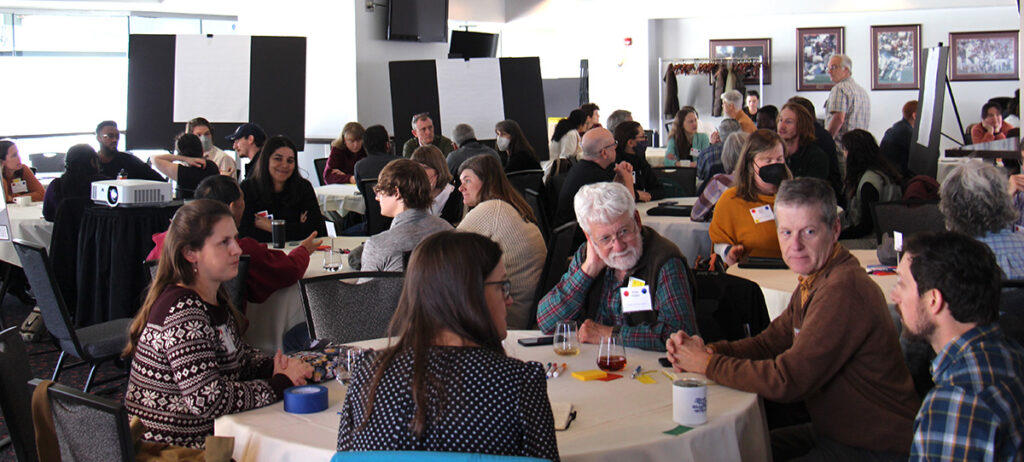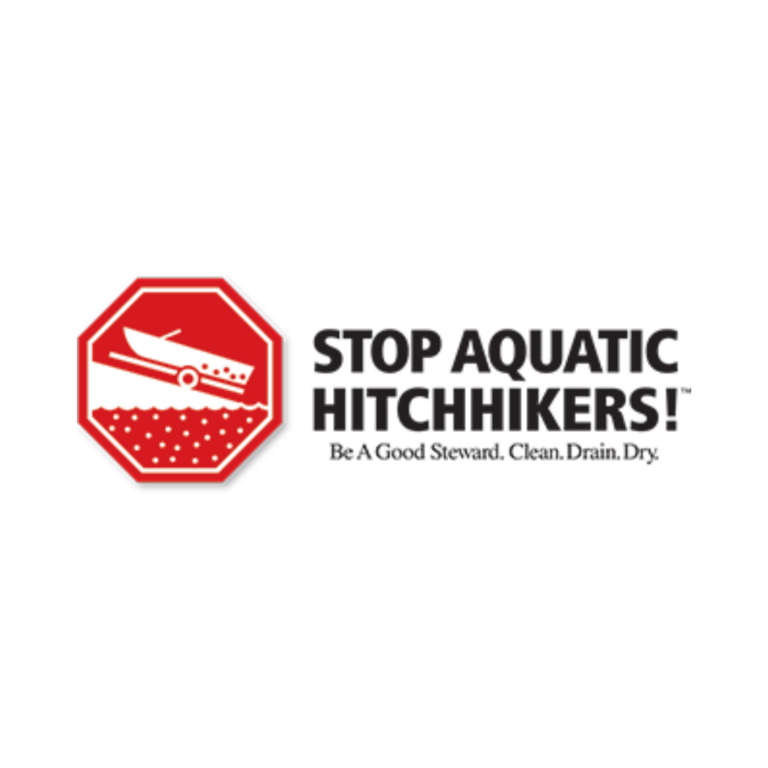Our resource page offers a curated collection of state and regional tools — including species identification, management strategies, and reporting platforms — to support the prevention, detection, and control of invasive species in Virginia.

Virginia Tech
Virginia Tech provides a broad array of invasive species resources, including diagnostic services, educational outreach, and expert guidance. Through Virginia Cooperative Extension, you can also access a wealth of science-based publications that detail how to identify and effectively manage nonnative and invasive species across various ecosystems.
Virginia state agencies
Virginia has several state agencies that are charged with invasive species management. These agencies include the Virginia Department of Forestry (DOF), the Virginia Department of Wildlife Resources (DWR), the Virginia Department of Conservation and Recreation (DCR), and the Virginia Department of Agriculture and Consumer Services (VDACS). You can explore each agency’s invasive species program by clicking on the buttons below.
Early detection is critical to successful invasive species management. If you spot a potential invasive species, you can report it using this online form. Submissions are reviewed by state agencies and specialists to verify the sighting and coordinate an appropriate response.
You can also utilize “Early Detection and Distribution Mapping System”, or EDDMapS. This application is an easy to use tool for citizen scientists, students, and volunteer projects for basic mapping of invasive species locations. Free registration is required to enter data and user reports are shared with Virginia state agencies.
Virginia nonprofit and coalition resources
Blue Ridge PRISM reduces the impact of invasive plants on the ecosystems of the northern Blue Ridge Mountains and surrounding areas through regional and statewide advocacy, landowner support, implementing control measures, and public education.
The Loudoun Invasive Removal Alliance (LIRA) is a grassroots effort of 71 Homeowners Associations (HOA’s) in Loudoun County, Virginia. LIRA’s mission is to protect Loudoun County from the adverse effects of invasive plants.
Plant Virginia Natives is a collaborative initiative engaging organizations, across Virginia’s coastal zone, piedmont and mountain regions, in state-wide and regional marketing strategies to increase the use and availability of native plants.
The purpose of the Virginia Invasive Plant Coalition is to identify and launch a series of new statewide initiatives and action plans to make dramatic progress against invasive plants, and, as part of that effort, support the use of native plants.
The Virginia Native Plant Society is dedicated to the protection and preservation of the native plants of Virginia and their habitats.
Educational campaigns
Educational campaigns like Don’t Move Firewood, PlayCleanGo, and Don’t Let It Loose help raise public awareness about how everyday actions can unintentionally spread invasive species. These national and regional initiatives provide clear, actionable guidance for outdoor recreationists, gardeners, pet owners, and waterway users to help prevent the introduction and spread of harmful plants and animals.















